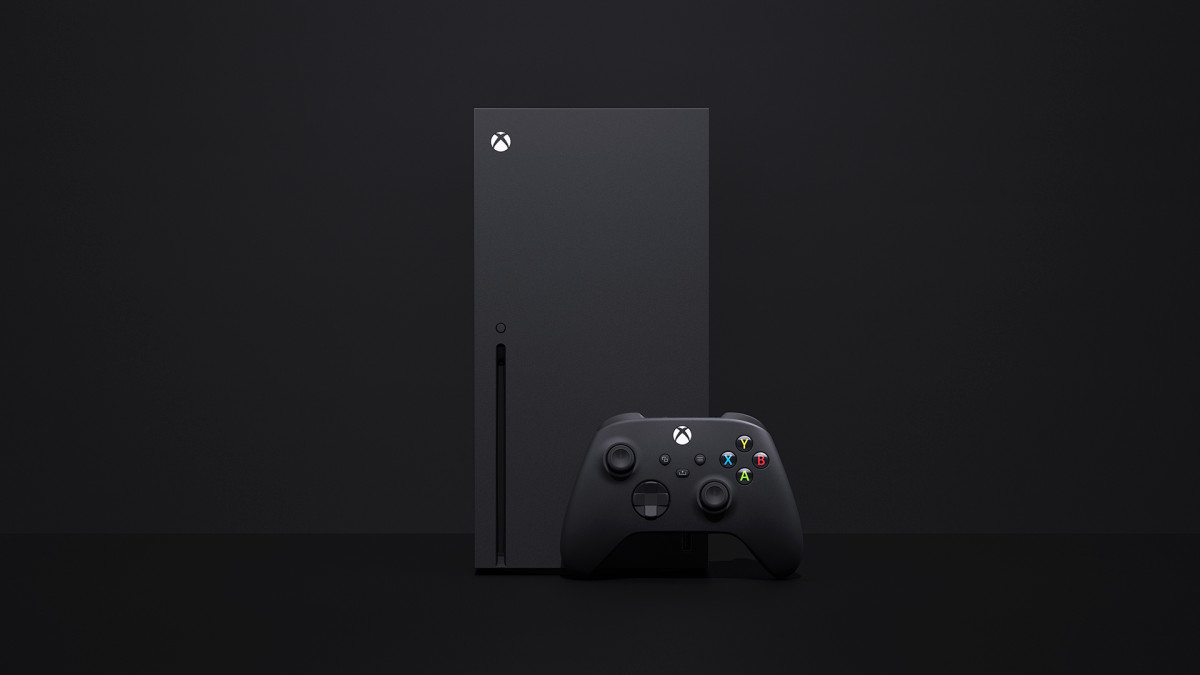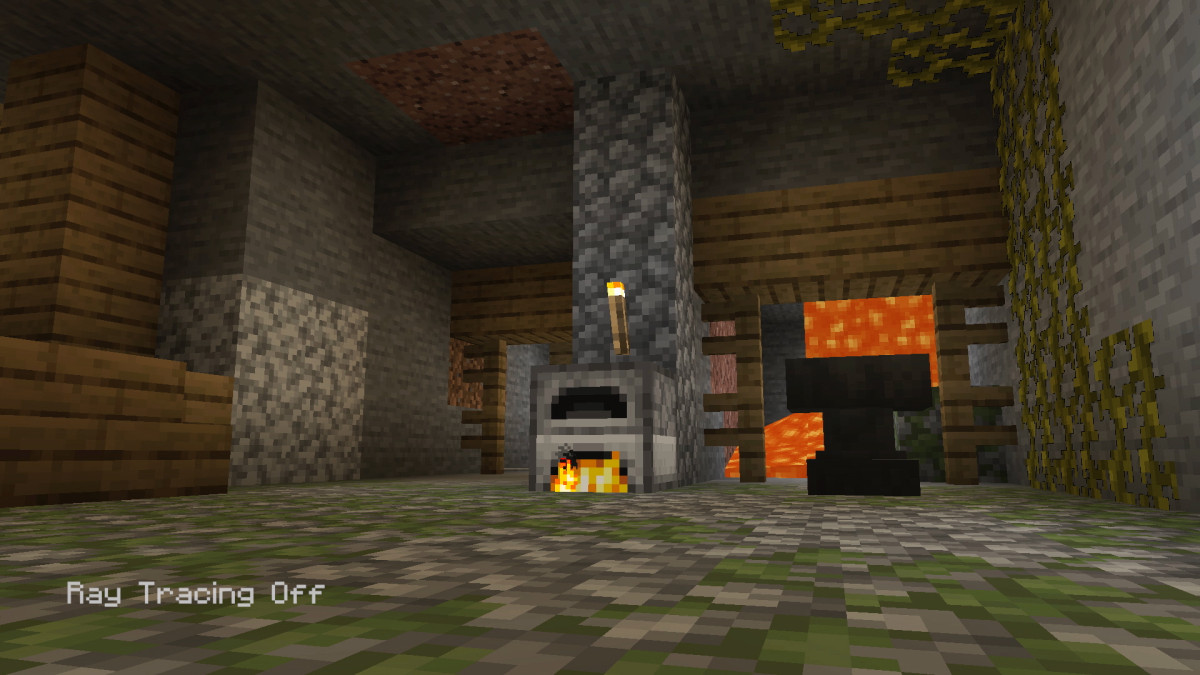Xbox Series X Specs Tease PC-Style Power
New Xbox Series X Specs point to ray tracing, 4K at 60 fps and more.

Microsoft’s next-gen console, the bafflingly named Xbox Series X, is set to release later this year (if COVID-19 doesn’t get in the way). This puts it in direct competition with the Sony PlayStation 5, which will also (supposedly) hit markets in time for the holiday. But with the PS4 and Xbox One already reaching a high standard of fidelity compared to previous consoles, gamers might be left wondering what could possibly be next.
Finally, thanks to new spec reveals on both the Xbox blog and Digital Foundry, we now have our answer. Get ready for your consoles to become the equivalent of living room PCs.
Xbox Series X Specs
| CPU | AMD Zen 2 custom CPU: 8 cores, 16 threads @ 3.8 GHz |
| GPU | AMD RDNA 2 custom GPU: 12 Teraflops, 52 CUs @ 1.825 GHz |
| Die Size | 360.45mm² |
| RAM | 16GB GDDR6 |
| RAM Bandwidth | 10GB @ 560 GBps, 6GB @ 336 GBps |
| Storage | 1TB NVMe SSD |
| Expandable Storage | 1TB expansion card, external USB 3.2 hard drive support |
| Optical Drive | 4K Blu-ray |
- Check out the best gaming desktops out now
- Gamer on the move? These are the best gaming laptops we've tested
- Nvidia postpones GTC news likely about Ampere
Compare this to the Xbox One’s launch specs of an eight-core 1.75-GHz AMD CPU, a 1.31 Teraflops 853-MHz GPU, a 500GB HDD and just 8GB of DDR3 RAM, and you’re looking at a console that Digital Foundry is calling more than “twice as powerful as Xbox One X" based on hands-on time with it.
12 TFLOPS makes the Series X’s RDNA2 GPU about 20% faster than AMD’s current high-end RX 5700 XT graphics card, which also points to exciting things down the line for PC users if this pans out and Big Navi comes with similar features.
According to Xbox system architect Andrew Goossen, the idea behind this upgrade is to support 4K resolution running at 60 frames per second (fps), as well as allow for 120 fps for more competitive games.
“We wanted a minimum doubling of performance over Xbox One X to support our 4K 60 and 120 targets,” Goossen told Digital Foundry. “And we wanted that doubling to apply uniformly to all games.”
Additionally, and this is where the 'living room PC' comparison comes into play, the Xbox Series X is also set to feature backwards compatibility with all games currently capable of running on the Xbox One, often with significant enhancements.
Get Tom's Hardware's best news and in-depth reviews, straight to your inbox.
For instance, Microsoft’s blog promised that the Series X can run Gears of War 5 on full PC Ultra settings at 4K resolution and 60 fps, plus faster load times and a “50% higher particle count than the PC Ultra specs allowed.” Alternatively, it can also run the game at over 100 fps already at lower resolutions, with the team currently investigating 120 fps for multi-player modes.
Microsoft also promise hardware-accelerated DirectX ray tracing support for everything from new releases to old games like Minecraft, adding new lighting and acoustic effects to even decade-old titles.
Ray tracing, which tends to be used most often now in CGI-animated movies, generates imagery by tracing the light path for a scene as pixels within the monitor’s image plane. This tends to be more computationally intensive than the current video game solutions, like scanline rendering, but also promises greater realism for effects like reflection, shadows and light dispersion in supporting games.
Digital Foundry also reported that the Xbox Series X was able to run four Xbox One S game sessions simultaneously on the same chip, and Microsoft noted that the Series X’s switch to using an SSD for storage will allow users to suspend and resume multiple games at once, as opposed to the current standard of one game suspension at a time.
On the developer end, the Series X will allow game makers to keep better track of stats like input lag and latency and let game makers decouple frame buffering from latency. The latter should reduce screen tearing by letting developers “precisely dial down the latency between the CPU and the GPU until just before bubbles start to form or the FPU might idle,” Digital Foundry said.
Essentially, the plan for the Xbox Series X is to allow it to run your whole Xbox game library at higher fidelity and with new features that have traditionally been more at-home on PCs than consoles. Instead of having Minecraft locked down to one piece of hardware with one specific set of specs, you will be able to run Minecraft at a number of different specs based on how powerful your hardware is, similar to a PC.
To go with this, Microsoft promises a new “Smart Delivery” feature, which “ensures you only have to purchase a title once, knowing you will get the best version of the title on whatever Xbox console you choose to play on.” No longer will old games need new remasters every console generation- they will now scale up naturally with new hardware.
It’s an exciting promise and one that hearkens back to the PC-like infrastructure the original Xbox promised when it introduced gamers to Xbox Live. But with upgrades over the Xbox One like CPU and GPU clock speeds that are over twice as fast and twice the memory and storage, it’s one that we hope Microsoft can keep.
Michelle Ehrhardt is an editor at Tom's Hardware. She's been following tech since her family got a Gateway running Windows 95, and is now on her third custom-built system. Her work has been published in publications like Paste, The Atlantic, and Kill Screen, just to name a few. She also holds a master's degree in game design from NYU.
-
Borisblade7 Can we stop using Tflops as a measuring tool in the articles on a tech site? Tflops doesn't mean all that much between architectures, and its very misleading. Vega 64 could hit 12 tflops but a 5700 xt is 25% faster on avg in games while only doing a bit more than 9 tflops. And there are even more drastic examples. It just sounds extremely ignorant, especially from a tech site.Reply -
JarredWaltonGPU Reply
TFLOPS is still a valid metric for theoretical performance, and when you're comparing the same base architecture, it's quite useful. It's just cores times clockspeed times 2 (because fused multiply add operations give maximum throughput), and you're right that it's hard to compare across architectures. We do normally try to provide some additional information about how TFLOPS isn't the only important metric, but as a base comparison point it at least gives us something.Borisblade7 said:Can we stop using Tflops as a measuring tool in the articles on a tech site? Tflops doesn't mean all that much between architectures, and its very misleading. Vega 64 could hit 12 tflops but a 5700 xt is 25% faster on avg in games while only doing a bit more than 9 tflops. And there are even more drastic examples. It just sounds extremely ignorant, especially from a tech site.
FWIW, AMD is claiming a 50% bump in performance per watt with Navi 2x over Navi 1x, which has to come at least partly (largely?) from architecture. But we don't know any additional details and obviously haven't been able to test real-world performance yet.



